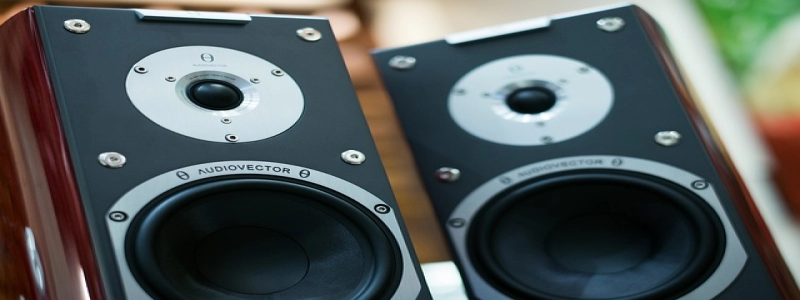Single Mode Fiber Diameter
Introducción:
Single mode fibers are widely used in various optical communication systems for their ability to transmit light signals with low loss and high bandwidth. One key characteristic of single mode fibers is their diameter, which plays a crucial role in determining their performance. This article will explore the importance of single mode fiber diameter and its impact on the overall system performance.
1. What is Single Mode Fiber?
Single mode fibers are optical fibers that have a small core diameter, typically ranging from 8 to 10 micrometers. Unlike multimode fibers, which can propagate multiple modes of light, single mode fibers allow only a single mode of light to propagate. This property ensures that the transmitted signal remains focused and undistorted over long distances, making single mode fibers ideal for high-speed and long-haul transmission.
2. Importance of Single Mode Fiber Diameter:
The diameter of a single mode fiber is a critical parameter that affects various aspects of its performance, including signal loss, dispersion, and coupling efficiency. Here are some important factors influenced by the diameter:
2.1 Signal Loss:
Single mode fibers with smaller diameters generally exhibit lower signal loss. This is because smaller cores allow for better confinement of the light, reducing the chance of scattering and absorption. Signal loss, also known as attenuation, directly affects the maximum transmission distance and overall system reliability. Therefore, choosing an appropriate single mode fiber diameter is crucial to minimize signal loss.
2.2 Dispersion:
Another important factor affected by the diameter is dispersion, which refers to the spreading of light pulses as they travel through the fiber. Single mode fibers with larger diameters tend to have higher dispersion, leading to distortion and decreased signal quality. On the other hand, fibers with smaller diameters exhibit lower dispersion, enabling better signal integrity and higher data rates.
2.3 Coupling Efficiency:
When connecting optical devices, such as transmitters and receivers, to single mode fibers, it is essential to ensure efficient coupling of light into the fiber core. The diameter of the fiber can significantly impact the coupling efficiency. A smaller diameter allows for better alignment and tighter coupling, resulting in higher transmission efficiency. Therefore, selecting the appropriate single mode fiber diameter is crucial for maximizing coupling efficiency and optimizing system performance.
3. Fiber Diameter Selection:
The selection of the single mode fiber diameter depends on specific application requirements. For long-haul and high-speed transmission systems, smaller core diameters are preferred to minimize signal loss and dispersion. Sin embargo, smaller cores also require more precise fiber alignment and can be more challenging to work with during installation. In contrast, larger core diameters may be suitable for short-range applications where ease of installation and lower alignment requirements are more critical.
Conclusión:
The diameter of a single mode fiber is a critical parameter that significantly impacts its performance in optical communication systems. By understanding the importance of single mode fiber diameter in signal loss, dispersion, and coupling efficiency, engineers and system designers can make informed decisions to optimize system performance based on specific application requirements. Careful consideration of the fiber diameter during system design and implementation ensures efficient and reliable transmission of light signals.








